You are here
History of town Almaty.
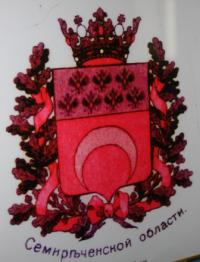
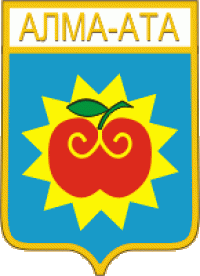
Historical tours on towns of Semirechye.
“Are you a lucky little lady in the City of Light? Or just another lost angel... City of Night?”
Jim Morrison.
Exclusive tours in Almaty.
In genuez merchants’ notes, which are dated by VII - X centuries, were mentioned some settlements in the valley of Seven rivers. The historians suggest that one of these settlements was called as Almaty and was the crossing post on the Silk Road.
In the notes of chroniclers the name “Almatu” may be read as Almalyk. The kazakhs of Dulat kin of the Starshyi (Older) Dzhuz settled Almaty in the end of XVI century. In 1854 February 4 the Russian military fortification “Zailiskoye” was built on the place of destroyed kazakh settlement Almaty, which was then renamed in Vernoye, and in 1867 got the status of the city. The origin of Vernoye linked with consumation of voluntary joining to Russia. In 1921 February 5 Vernyi town was renamed in Almaty.
Cossacks, peasant settlers from European Russia, and Tatar merchants soon established themselves in the vicinity, and in 1867 the fortification became the town of Verny and the administrative center of newly created Semirechye province of the governorate general of Turkistan.
By 1906 the population of Almaty town had grown to 27,000, two-thirds of whom were Russians and Ukrainians. Soviet rule was established in 1918. In 1921 the city was renamed Alma-Ata, after its Kazakh name, Almaty (literally “Father of Apples”), alluding to the many apple trees in the locality.
The transfer of Kazakh capital from Kzyl-Orda to Alma-Ata city in 1929 and the completion of the Turk-Sib Railway in 1930 brought rapid growth. The population of Alma-Ata city rose from 46,000 in 1926 to 221,000 in 1939.
A number of food and light industry undertakings were built, and heavy industry, particularly machine building, developed later on the basis of plants evacuated from European Russia during World War II in Alma-Ata.
Almaty is an unusual city. First, it has adapted to the changing times faster than any other Central Asian city. Second, it is a green city. American Rockwell Kent, when delighted upon arriving in Almaty in the 1960s wrote “Alma-Ata is surely a premier city for its green decoration.
It seemed to me I was walking through a forest. Buildings are entirely hidden by trees.” Almaty continues to be a very green city with straight, tree-lined streets and modern architecture. Normally, buildings are five- or nine-story due to the high seismic activity in the region. The city is decorated with numerous parks and gardens, fountains and flower-beds. Almaty stretches out along the foothills of the Zailiiski Alatau range.
During ancient times, the settlement of Almaly was found on the location of present day Almaty. Translated from Kazak, “almaly” means “apple”. Previously, the city was called Alma-Ata, that is “father of apples”. Anyhow, the meaning of the city's name has always been associated with the word “apple”. The ancient town of Almaly was an oasis along the Silk Road right where modern Almaty is situated.
Traces of the ancient town are still found when earth-moving work is done in the center of Almaty. And where earlier the famous caravan path stretched, Zhibek Zholy (the Silk Road) avenue now runs. In 1854, on the historical site of the ancient settlement Almaty, the construction of the Russian fortification Fort Verny was started. It was one of four customs forts Russia built during the years of Kazakhstan's colonization.
Presently, on their sights are found the towns of Issyk, Talgar, Almaty, and Kaskelen. The buildings of Fort Verny did not endure, only traces of a rampart can be found in the eastern part of the city - Malaya Stanitsa (Small Cossack Village).
In 1924 the capital of Kazakhstan was removed to Ak-Mechet (ex Perovsk) (nowadays Kzyl-Orda), but in 1927 April 3 the capital was returned to Almaty. In 1879 to 43 streets were given names.
In 1892 the town grove (now the grove named after Baum) was founded. In 1931 here was built the water-supply. In 1933 – the building of the sewage system. There are more than 100 nationalities live in the city. The city is situated at a height of 400 to 900m above sea level, the total territory is about 170 sq. km.
In 1981 December 19 here was born Baurzhan Kadyrsizov the million resident of Almaty. Almaty residents live by the decree time of the 5th hours zone, putting in 1930 July 16. The time of Almaty overtakes the concrete time on 54 minutes and 12 seconds and the world time (by Greenwich time) on 6 hours.
The building of Almaty metro was begun in the early of 90s. Today this metro is one of the largest long-built instolations of the southern capital. In 1994 Alma-Ata was renamed in Almaty.
The monument “Independence” with a height of 31m was built in 1995 July 13. In 10th of December Almaty lost its capital status. The center of the republic was moved to Astana. Almaty is at the same time in different climate zones – from continental to subcotinental, closed to arctic (in mountains).
The highest peak of Almaty neighboring is Talgar (H-5017). The first settlers of Vernyi were soldiers who built fortifications. The first decorative plantings in Almaty (Vernyi) were planted in 1856. In 1874 here were delivered pitches, grapes, apricot-trees and other fruit trees. This delivering was done on the initiative of forestry expert. He recommended of Vernyi to plant no more than 20 decorative trees (to each resident). Along the Dostyk Avenue (ex Lenina) were planted oaks.
Was Kazakhstan's capital until November 1997. While the southern President's Residence continues to be in Almaty, Astana is the new capital of the republic. However, through the President's Decree of October 20, 1997 Almaty acquired the special status of the republican subordinate city. With the new status the city became a small state in a state - ”a peculiar Hong Kong.” It hosts various international events as the Republic's most comfortable city with a well developed infrastructure and it remains the premier industrial and cultural center of Kazakhstan
The word “Almaty” in Kazakh people language means “grown with apple trees”. The first Kazakh scholar Chokan Valikhanov observed: “Almaty city was known for its trade and was a trading post on a high road.” Apples were no doubt one of the important commodities. Anyway, Alma-Ata city has been famous for them to this day.
Almaty is located in an area of extensive geologic risk, being subject to both earthquakes and mudslides. Almaty city suffered from severe earthquakes in 1887 and 1911, and a mudflow down the Malaya Almaatinka in 1921 caused considerable destruction and loss of life.
To reduce the risks of future mudslides, an artificial landslide was precipitated by explosives in 1966 to dam nearby Medeo gorge. The 330-foot dam that resulted proved its worth in 1973 by holding back a potentially catastrophic mudslide. Later improvements have raised the dam to 460 feet and further improved the security of Almaty.
Almaty is now a major industrial center, with the food industry accounting for about one-third of its industrial output, and light industry one-fourth. There are a number of institutions of higher education in Almaty city, including Kazakhstan State University (founded in 1934), and teacher-training, economics, polytechnic, agricultural, and medical institutes.
Almaty houses Kazakhstan Academy of Sciences and its many subordinate research institutes, numerous museums, an opera house, theaters producing in Russian, Kazakh and Uighur, and Pushkin State Public Library.
Almaty also has a botanical garden, a zoo, several stadiums, and the permanent Kazakhstan Exhibition of Economic Achievements. Today Almaty city extends about 12.5 miles (20 km) in all directions from its center and is considered one of the most beautiful cities of Kazakhstan, with regular planning, wide, tree-lined streets, numerous parks and orchards, and a backdrop of mountains.
Mount Kok-Tyubeh offers a picturesque panorama of Almaty. Far below the residential districts can be seen buried in verdure. At the foot of the mountain to the north stretches a plain, and to the south, just a stone’s throw away, so it seems, are snowcapped mountains rising as high as five kilometers.
The former Ascension Cathedral of Almaty city, built in 1907 and the second highest wooden building in the world, now houses a museum. Of the population of Almaty city, Russians make up about 60 percent, with the remainder made up chiefly of Kazakh (less than one-quarter), Ukrainian, Uighur, Tatar, and German minorities.
Almaty city is a major cultural center. Besides Abai Kazakh Academic Opera and Ballet Theater, which is the pride of national musical culture, Almaty has a drama theater named after Kazakh writer Mukhtar Auezov (1897 - 1961). Almaty city also has a Russian, an Uigur and several Korean theaters and a number of other troupes.
Today in Almaty city there are 16 higher education establishments, including a university, and dozens of general education and technical secondary schools and vocational schools.
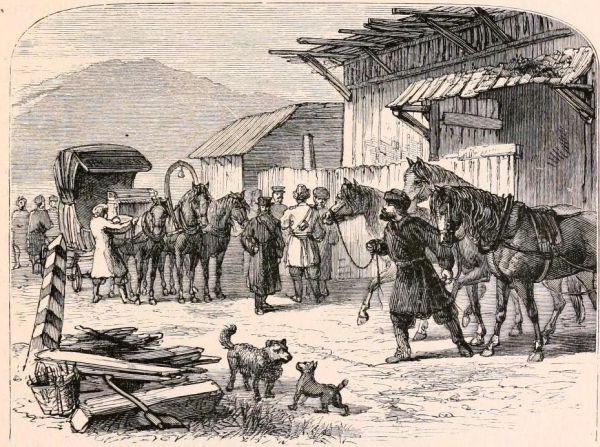
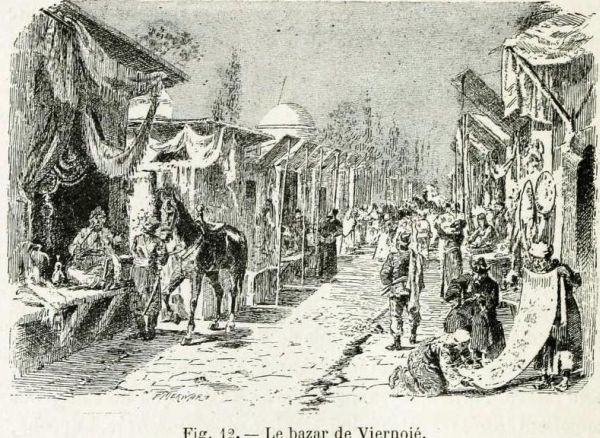
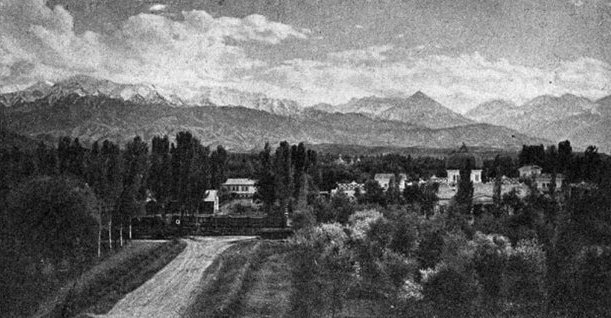
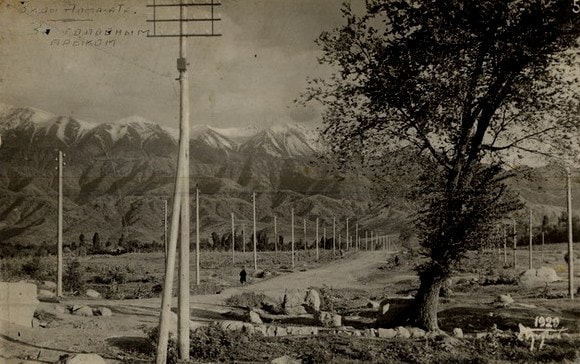
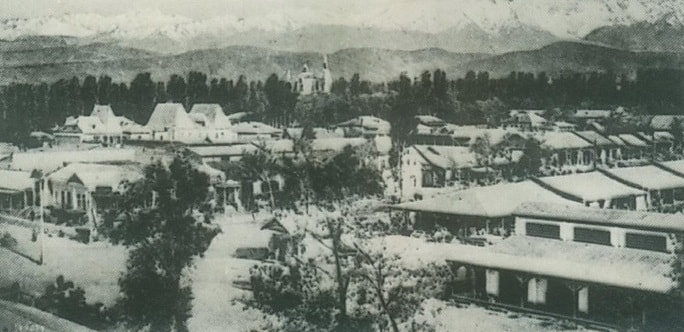
Authority:
The guidebook across Kazakhstan . Authors Dagmar Schreiber and Jeremy Tredinnick. Publishing house "Odyssey".2010.







